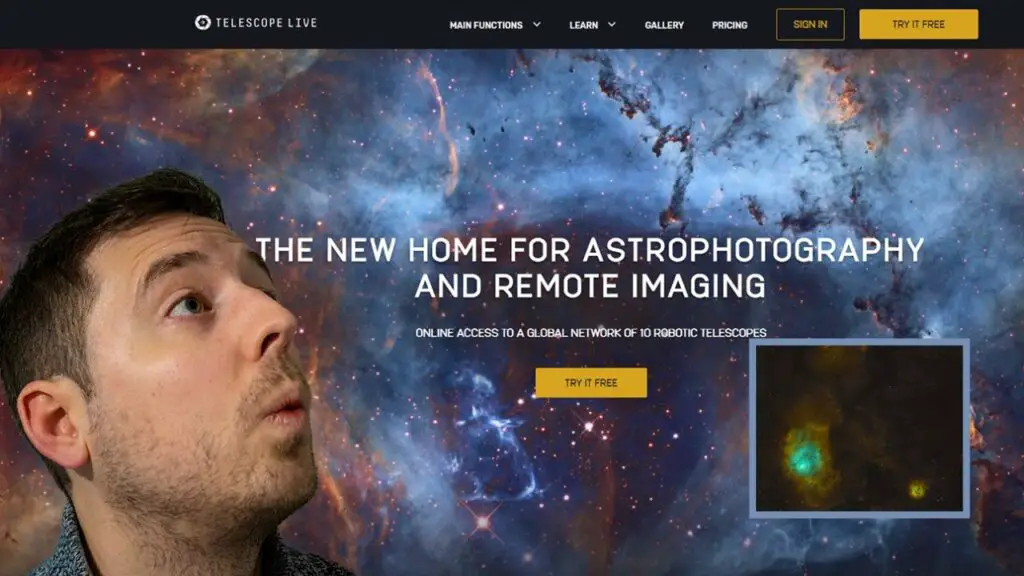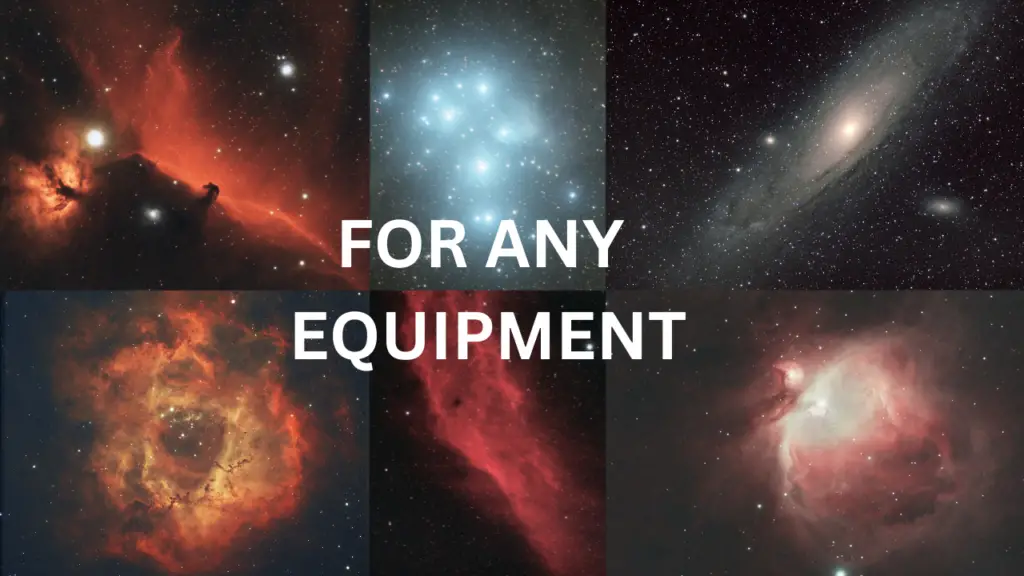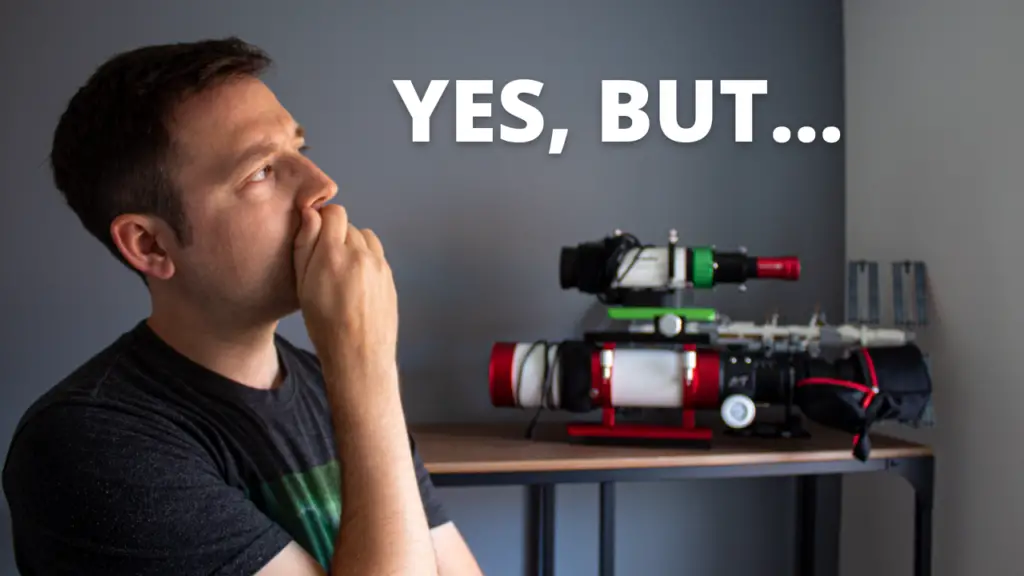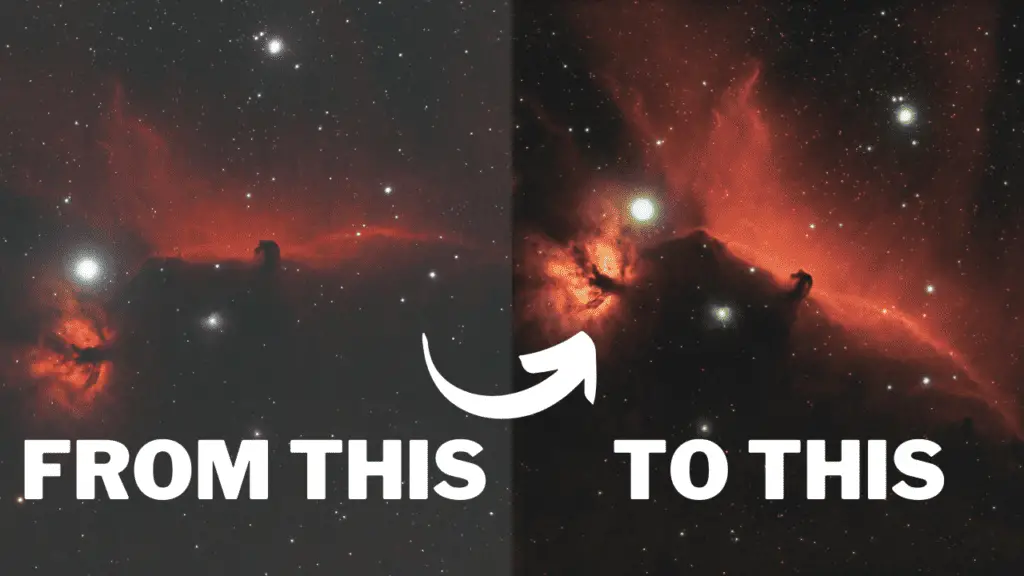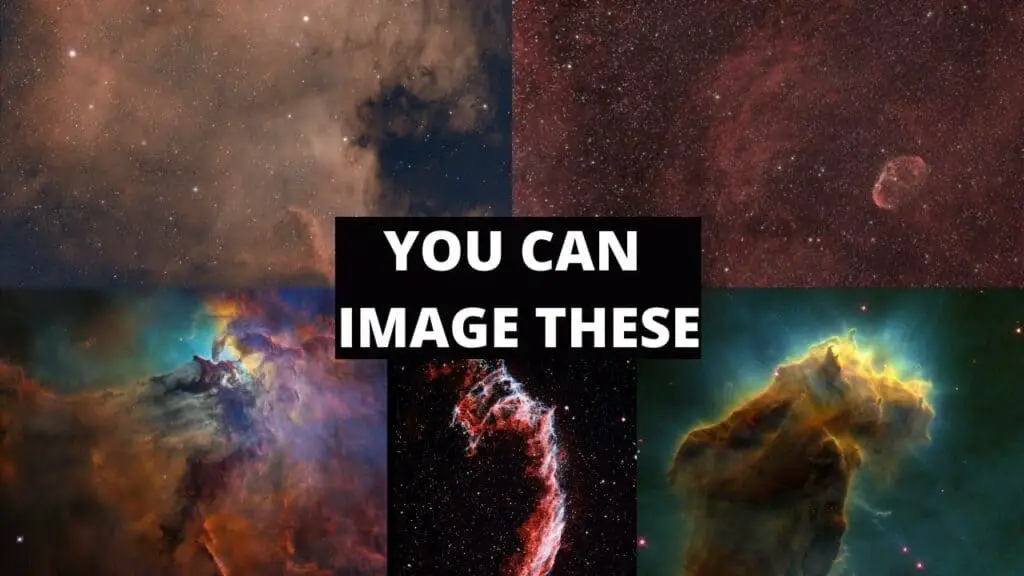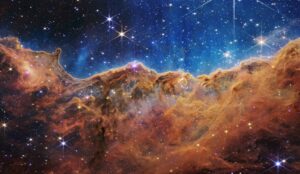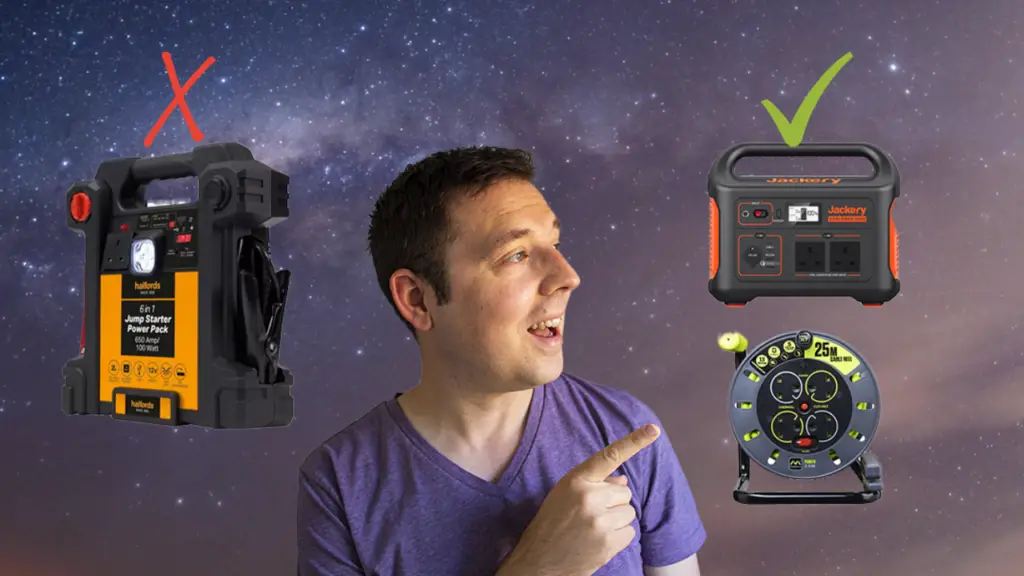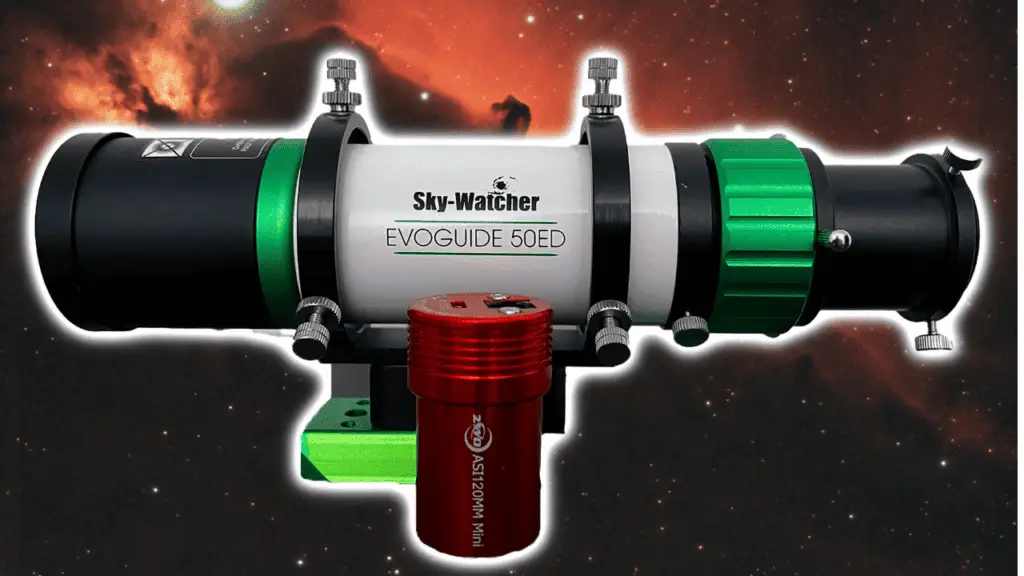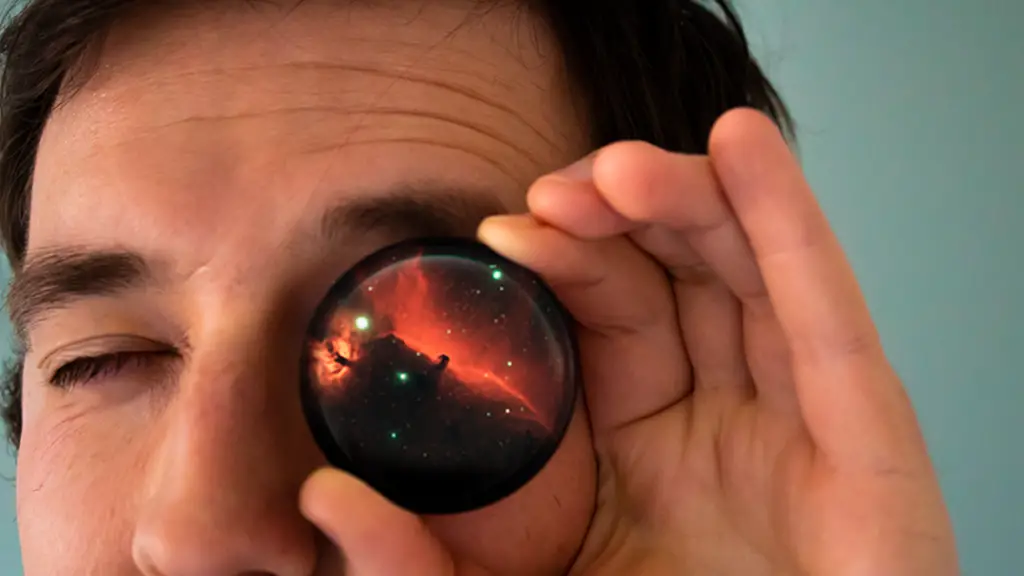Telescope Live Reviewed by an Astrophotographer
The aim of Telescope Live is to make astrophotography accessible to all. It does this by having tier based subscriptions available as bronze, silver, gold, platinum and diamond. With the bronze membership costing only £4 per month, it’s certainly an attractive option to many astrophotographers who aren’t fortunate enough to live in areas with over 250 clear nights each year – in fact, as I write this, I haven’t had a clear sky for over a month!

